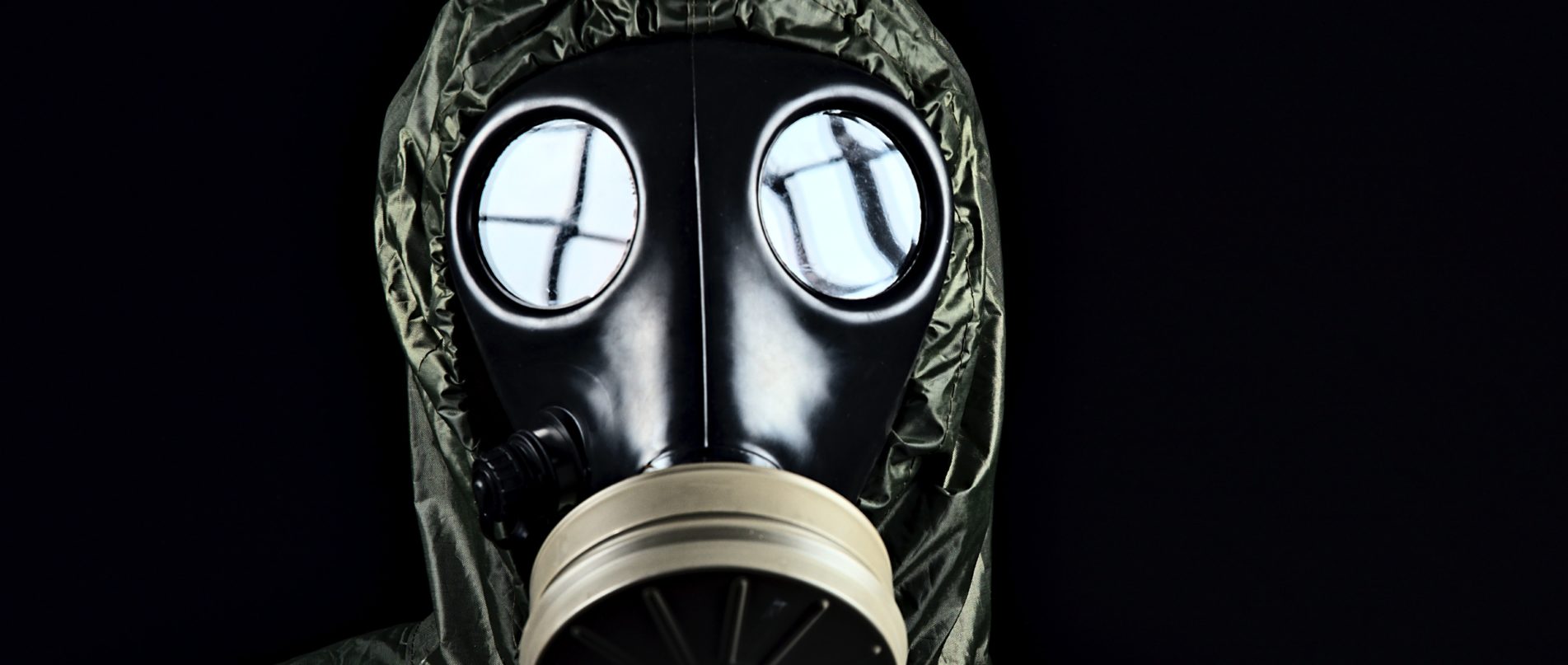
Prompt Images
Ana’s mother always told her not to cry. It was worse when she was a baby.
Against her will, Ana spent the first five years of her life under a government ordered quarantine to protect everyone around her from her toxic tears.
When Ana would cry, her tears ran black as tar, releasing strong clouds of burning gas, enough to fill a one-bedroom apartment in less than a minute. So she was hidden from the world.
With a chemical potency ten times stronger than tear gas, Ana had to be kept away from the public. Being such a small child meant tears and tantrums, so Ana was deemed a danger and a threat to society.
Ana was a living bio weapon. It absolutely had to be done.
She was locked away underground, where she could only interact with other people if they had a military grade gas mask on.
During those five years, Ana had daily experiments conducted on her child body.
It started with tear samples, blood samples, and nasal swabs. Then, MRIs, emotional stimuli tests, and behavioral therapy. They all were studied to try to find the exact cause of her toxic tears.
This was all piled on top of a daily chemical cocktail of sedatives to keep Ana calm and tear-free.
Ana remained a medical mystery for years, until her caretaker, Professor X, discovered a certain response in her brain during an MRI test.
Ana was told over an intercom that she was going to be released from the facility for her fifth birthday.
“Am I?” she asked in excitement.
Cruel as it seemed, the result of her reaction proved to be groundbreaking. Ana began to cry tears of happiness when she heard the news, and these tears were completely non-toxic. Crystal clear tears fell from the eyes of a happy child; it was heartbreaking.
You could say that every scientist, chemist, and medical researcher in the room was crying happy tears that day, too.
To ensure that they could keep their promise to Ana without repercussions, they had four months to train her to control her emotions.
At four years old, Ana was to be taught to behave with the emotional intelligence of an adult if she wanted to make it out into the world.
But they were running out of time.
It was hard, exhausting work, and not just for Ana.
One day, Ana just couldn’t take it anymore. After months of holding back her emotions for reward, she begged to be let out already, but they wouldn’t release her. She had been doing so well, and trying so very hard to remain calm.
But she was still just a child.
Ana lashed out into a crying fit, spewing toxic streams of tears down her cheeks and clouding the room with gas.
It wasn’t her fault.
It wasn’t her fault when Ana killed the nurse that was closest to her. She was only trying to calm Ana down when she bravely removed her gas mask.
As Ana’s eyes welled up with black tears, the nurse’s eyes began to swell red and pour with tears of her own. Her skin began to burn and peel away, and she coughed and wheezed as her throat closed up, clawing at her neck until she broke the skin before collapsing down onto the floor.
Something changed in Ana that fateful day. The killing was enough to shake Ana to the core of her abilities. She never wanted to hurt anyone, so her toxicity traumatized her.
Ana’s trauma affected her the way that it does to a lot of PTSD sufferers. She became an emotionless shell, unable to feel, and therefore, unable to hurt, and unable to kill.
All Ana wanted was to live a normal life, and to express herself as a human being.
Perhaps she was never human at all.
*
Some people say that they killed Ana after that, to protect the rest of the world. She was just a child, just shy of her fifth birthday.
But others say that Ana was released afterward, proven to be nothing but a shell of a human being, and no longer a threat to society.
They say that she walks amongst us now, living like a normal,
everyday,
broken down
individual in the world.
It makes you wonder, if she did ever learn to control her emotions, could she have become a hero?
Or would she have been lead down the bad path, with all of the trauma that she endured, as a villain?
…Have you ever seen The Crybaby?


